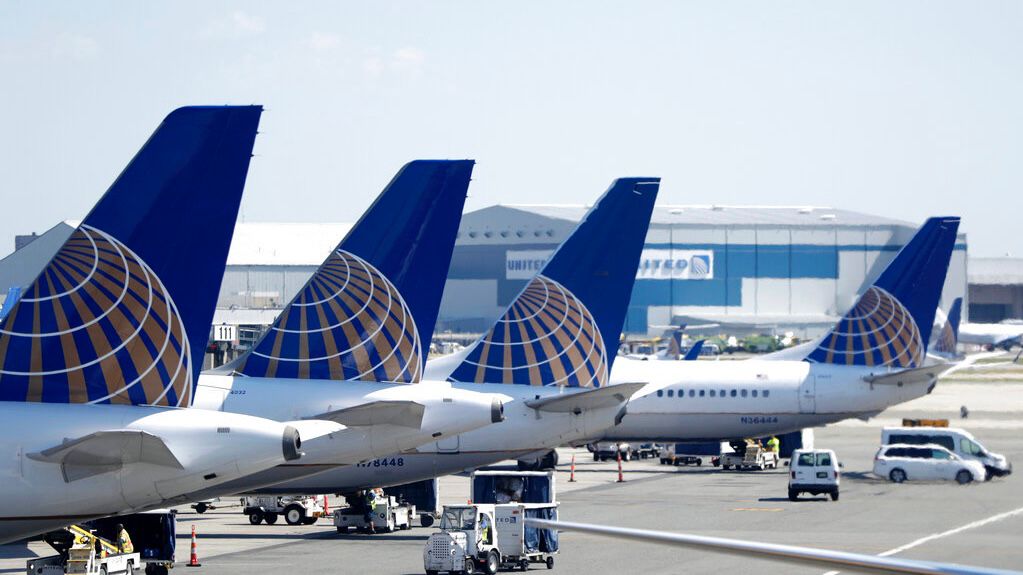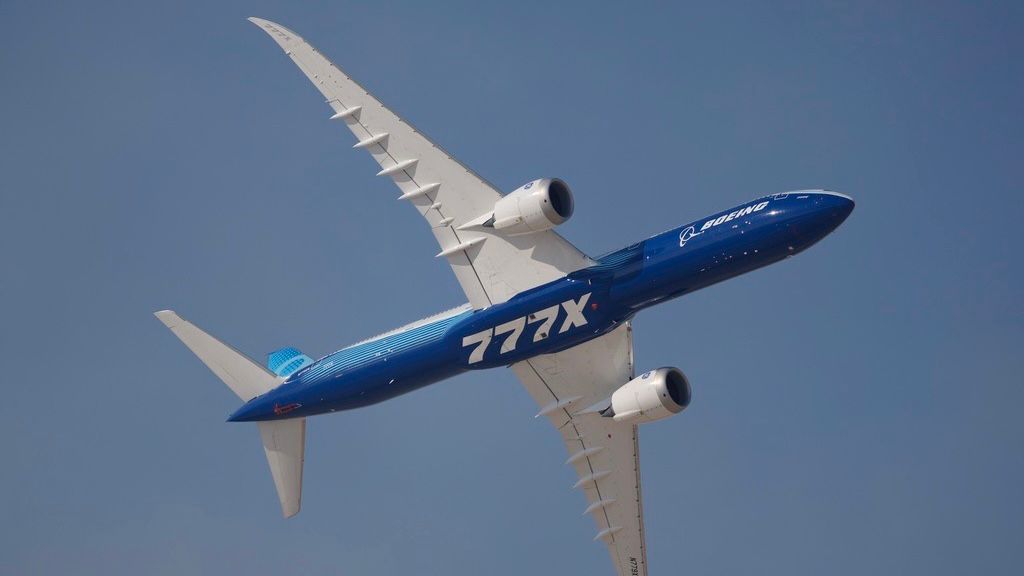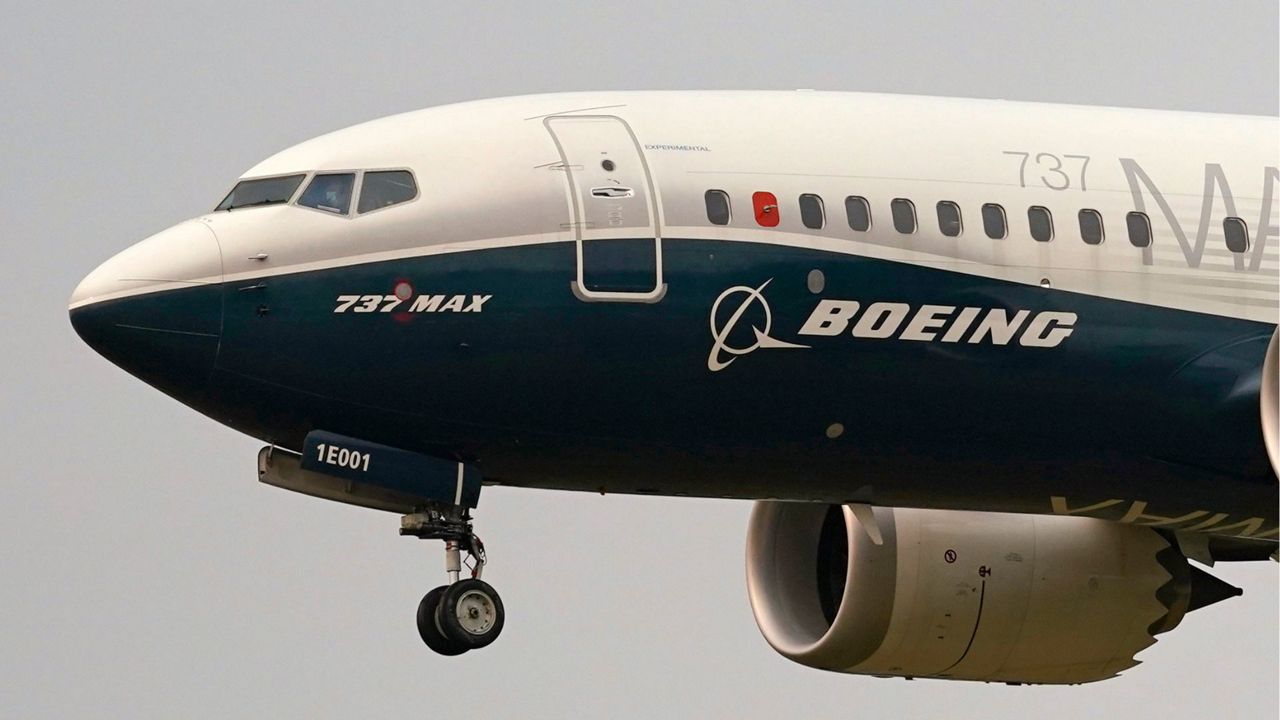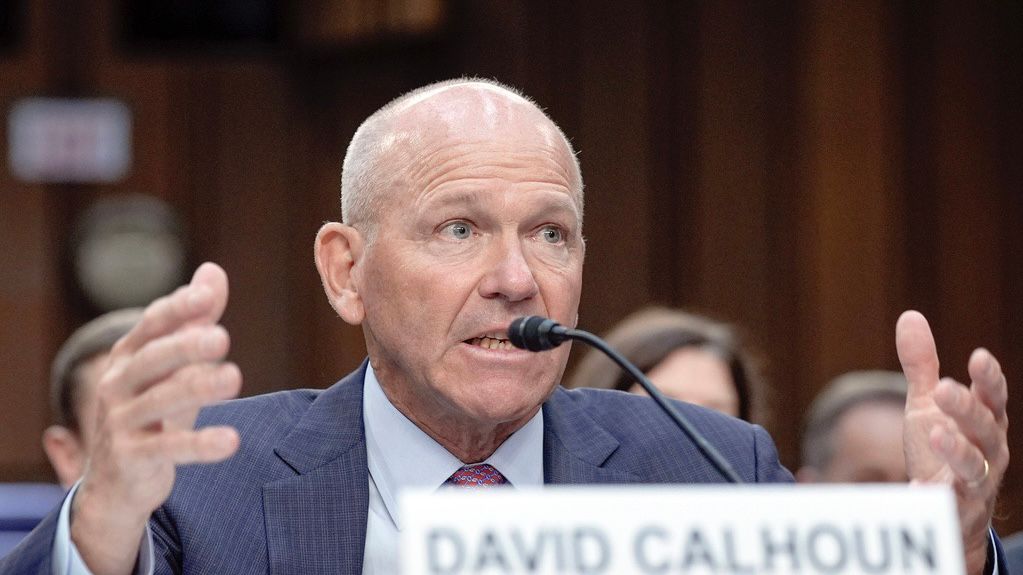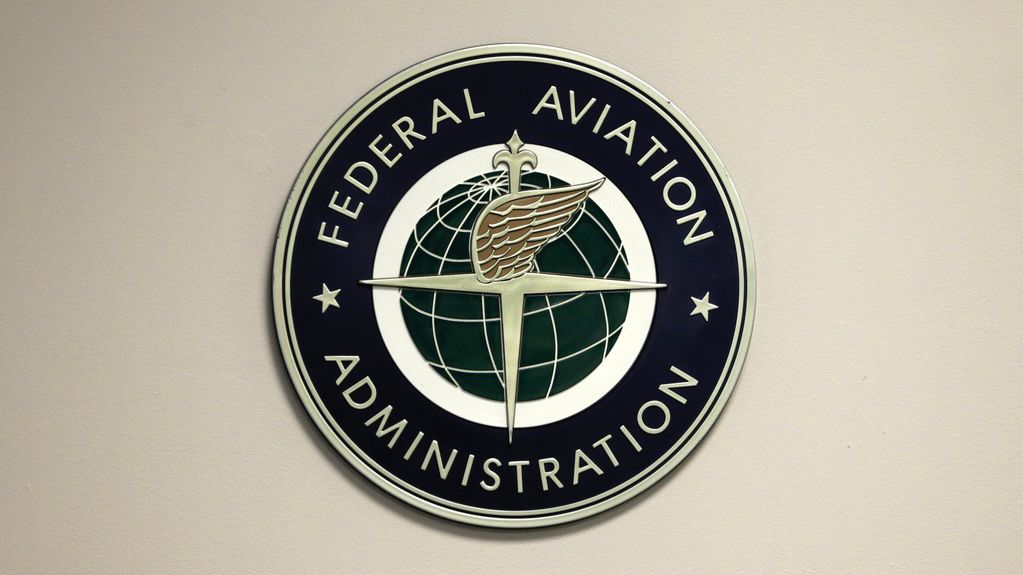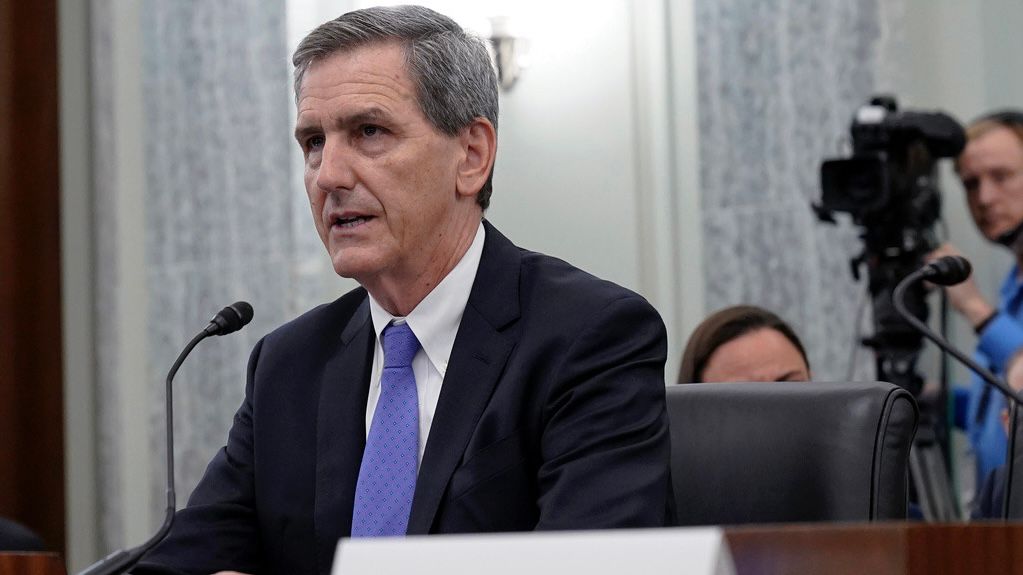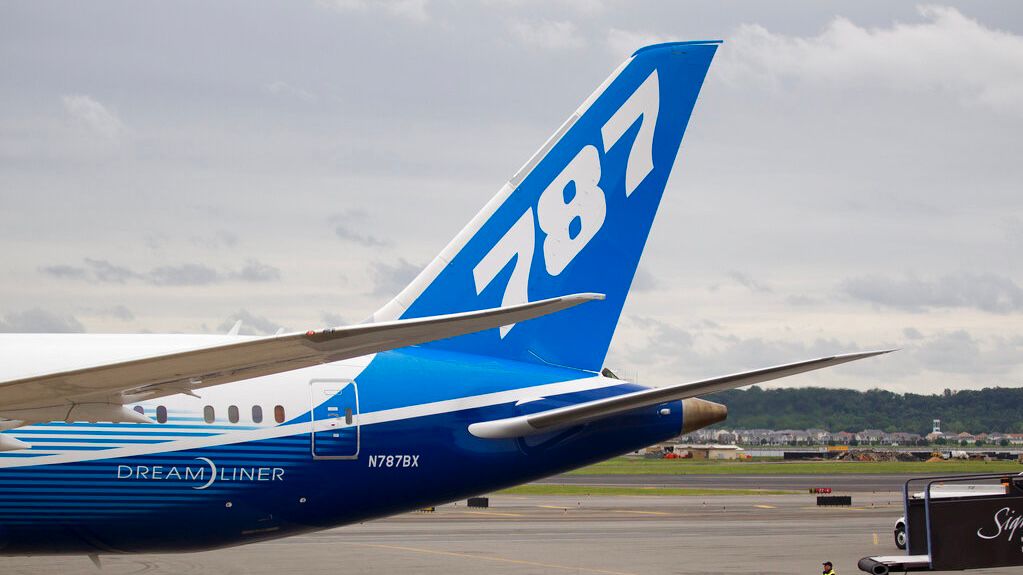The Federal Aviation Administration issued a safety alert Tuesday for nine models of Boeing 737 planes, saying they're at risk of jammed or restricted rudder movement.
The FAA safety alert comes a week after the chair of the National Transportation Safety Board criticized the agency for its slow response to an urgent safety alert the NTSB issued following a jammed rudder incident involving a United Airlines flight in February.
The FAA said that incident involved a Boeing 737-8 whose flight crew was not able to move the rudder pedals as the plane began its landing. The FAA said its post-incident investigation indicated a problem with a system known as the Collins Aerospace SVO-730 Rudder Rollout Guidance Actuators, which were compromised by moisture entering the system and freezing during the flight.
Through its safety alert, the FAA is notifying operators of various Boeing 737 models, including its troubled MAX series planes, that “potential exists for limited or jammed rudder movement,” according to the agency. It advises airlines to instruct flight crews on the affected planes that the rudder control system could be restricted in flight or during landing.
It also directed them to follow Boeing’s recommendations for how to address the issue.
Last week, NTSB Chair Jennifer Homendy sent a letter to FAA Administrator Mike Whitaker saying she was disappointed his agency hadn’t initiated urgent actions to address the risk earlier this year. She pointed out that United Airlines and its pilots hadn’t known the rudder rollout system was installed on their planes.
Boeing has been the subject of multiple investigations of its 737 MAX planes and its manufacturing processes following a January incident on an Alaska Airlines flight that lost a door plug midair.




